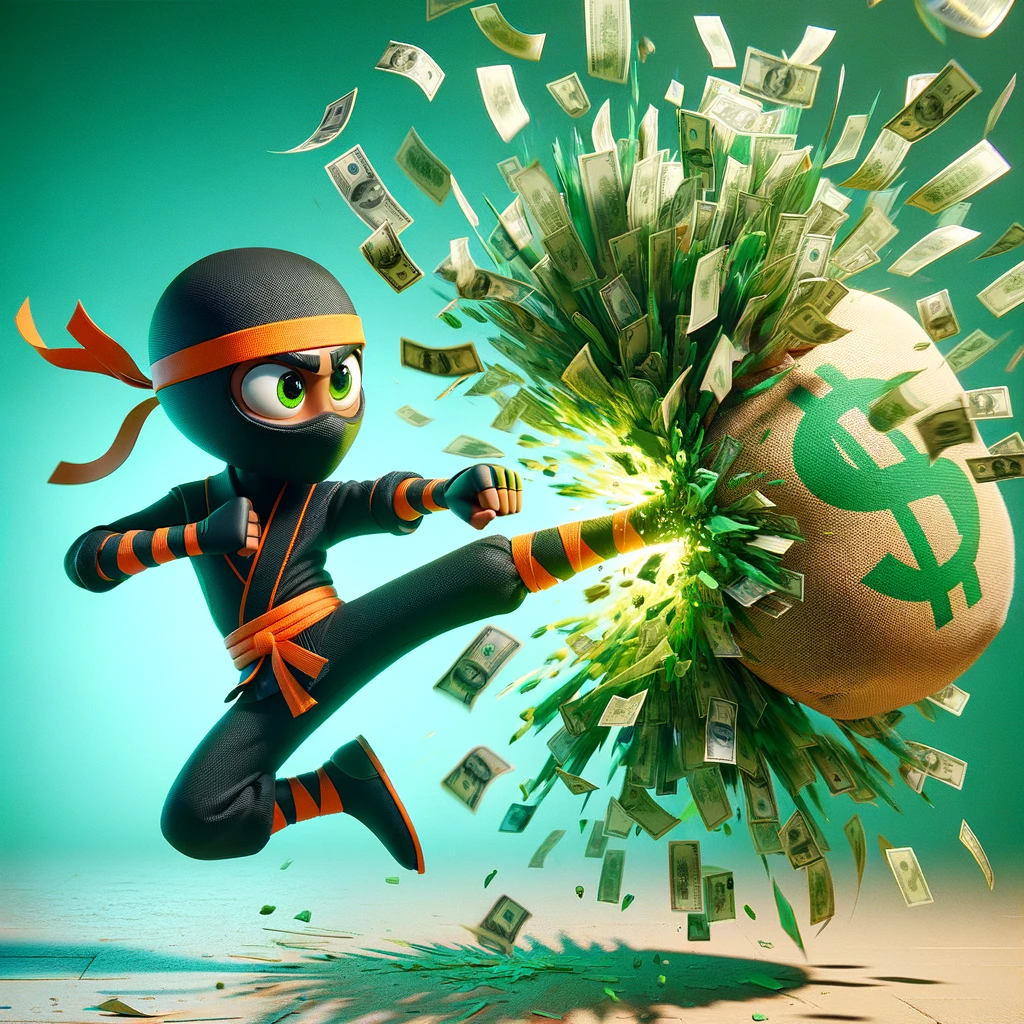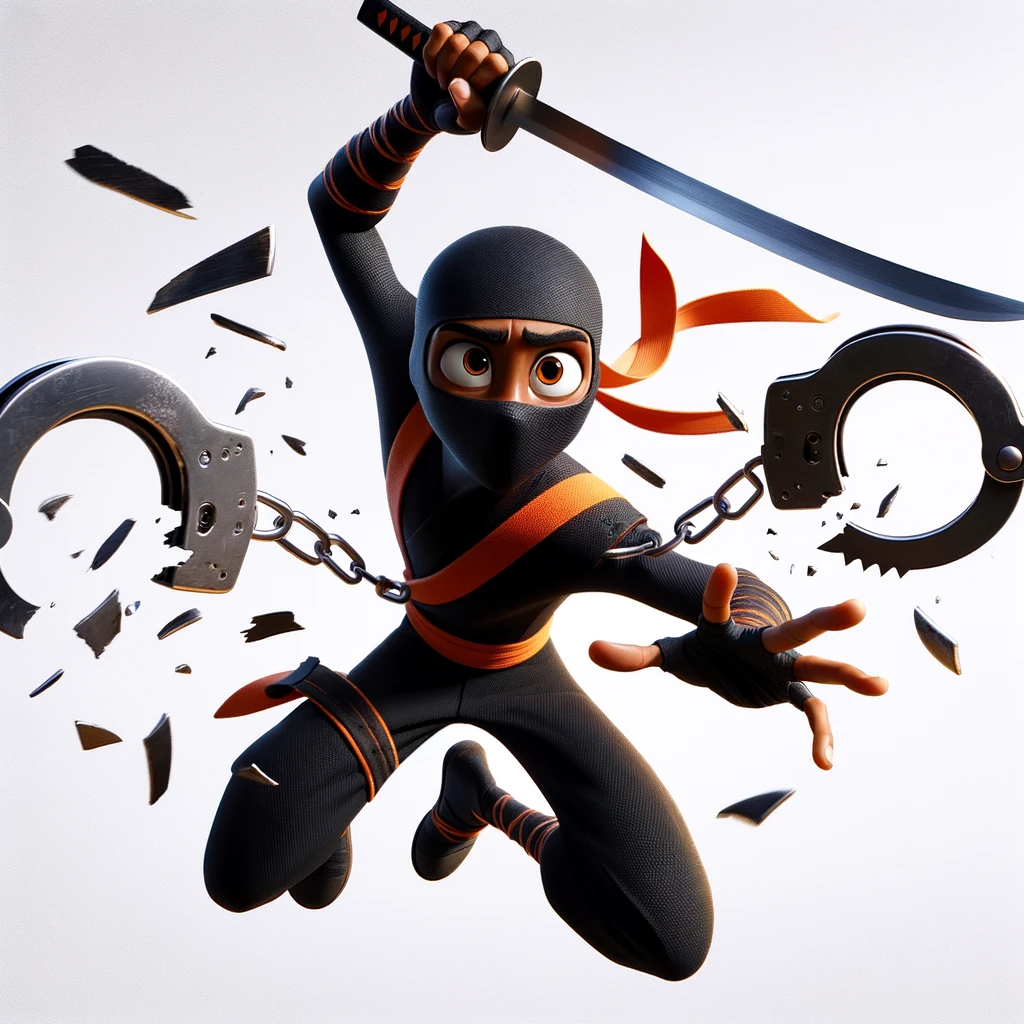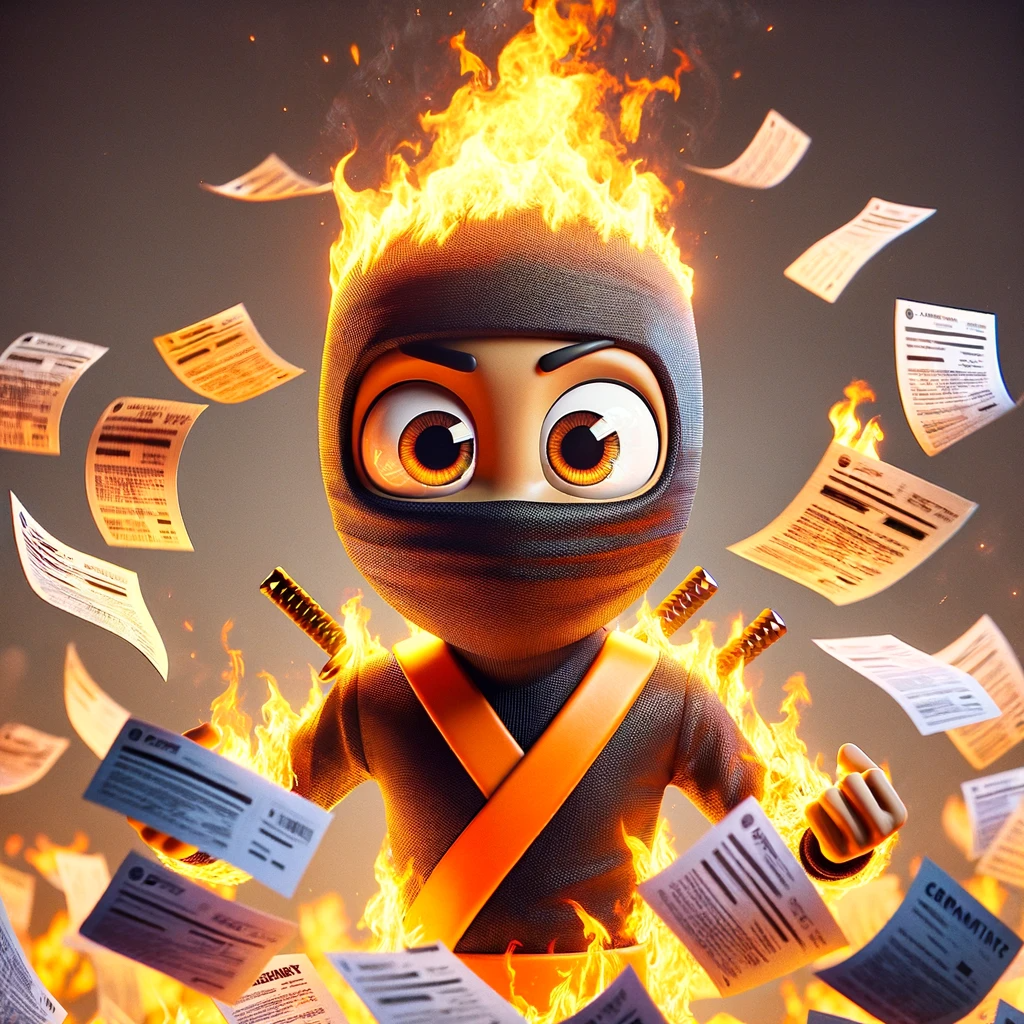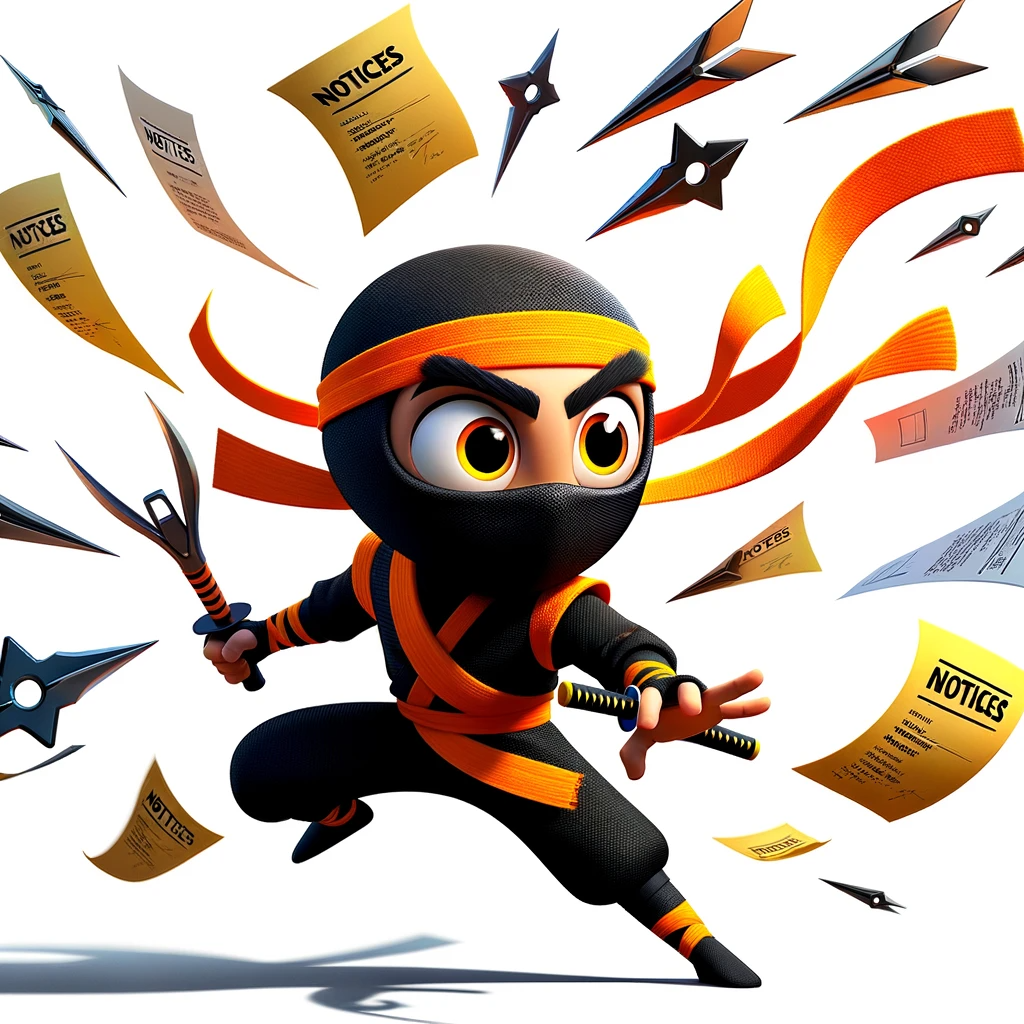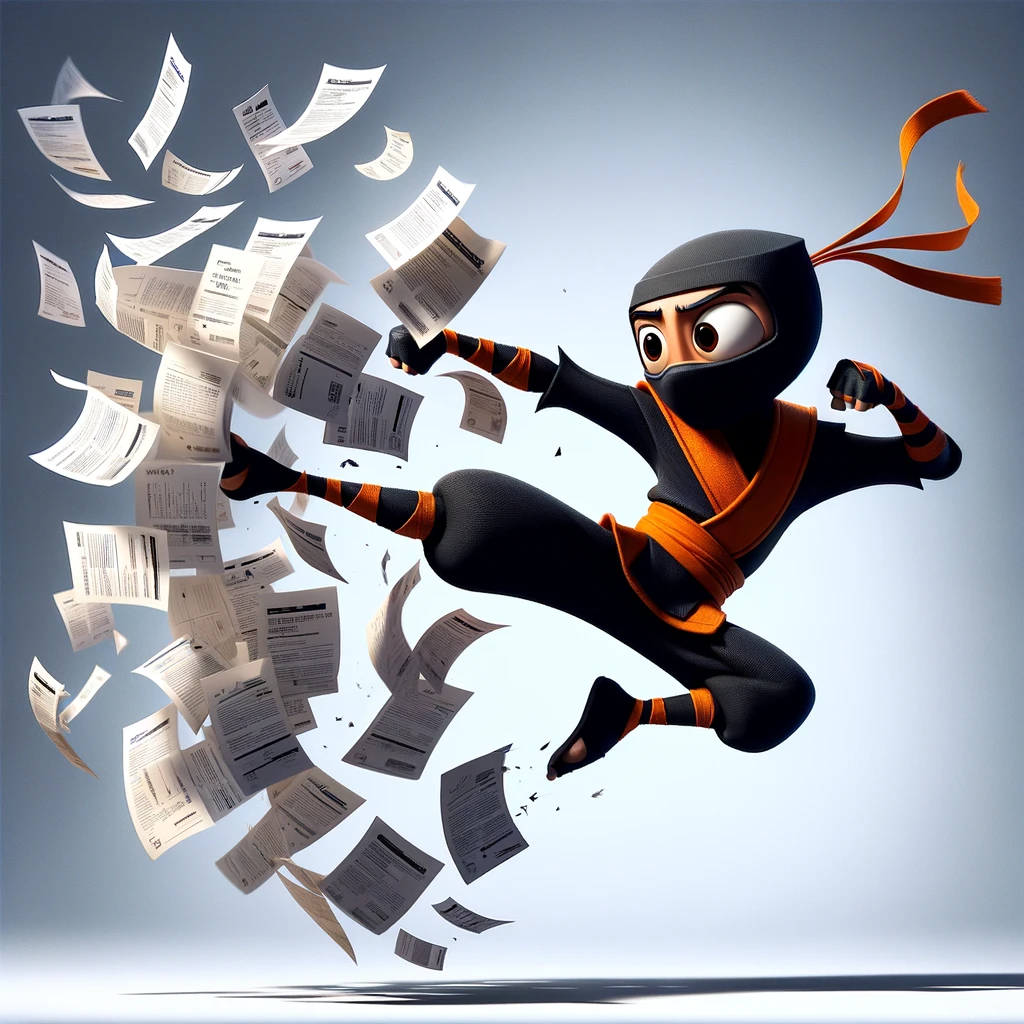Overall Impact of Technology on the Arts
The Renaissance of Arts Through Technology
The 21st century heralded an era of unprecedented integration between technology and the arts. From painting and sculpture to cinema and music, every artistic discipline has been profoundly impacted and irreversibly transformed by technological advancements.
The Fusion of Technology and Traditional Arts
Technology hasn't just modified the arts; it's revolutionized the very ways in which we create, disseminate, and experience art.
Digital Transformation: Revamping Art Forms
With digital art platforms, artists are no longer bound by physical constraints. They now employ software to craft masterpieces, reaching global audiences with the click of a button. This digital shift isn't a departure from traditional art; it’s an evolution, offering new mediums and tools that expand the artist’s palette.
Virtual Reality: A New Horizon in Artistic Expression
Imagine immersing yourself in a painting, walking through its landscapes, and interacting with its subjects. Virtual reality (VR) makes this possible, creating a multi-sensory art experience that’s both visceral and intimate. Through VR, art transcends visual encounter; it becomes an all-encompassing experience.
Augmented Reality: Bringing Traditional Art to Life in 3D
Augmented Reality Murals combine new AR technology with one of the world's oldest art forms, mural painting and graffiti, to create a one-of-a-kind mixed reality experience. Scan QR code signage and view the physical wall with a smartphone or tablet, and watch the interactive digital experience leap off the wall and immerse you in the artwork.
The Global Art Market: A Digital Rebirth
The art market hasn't just adapted to technology; it's been reborn through it. Online galleries and virtual auctions have democratized art acquisition, making it accessible to all and not just a privileged few.
Shaping Creativity: Technologies Steering Artistic Innovations
Behind every great artist is a great tool, and technology keeps creating fantastic ones.
3D Printing: Crafting the Impossible
3D printing has taken the art world by storm, enabling artists to transform digital models into tangible sculptures. This technology expands the boundaries of creativity, allowing for intricate designs that were previously impossible or prohibitively expensive to produce.
AI in Art: Collaboration or Revolution?
The debate rages on: does the rise of AI in art mark a collaborative frontier or a disruptive revolution?
The Role of AI in Creating Art
AI algorithms can now generate art, learning from existing works to create something new and often unpredictable. While some fear this might dilute artistic integrity, others see it as a new form of collaborative expression — a dance between human creativity and machine learning.
Ethical Implications: Who Owns AI-Generated Art?
When art is produced by AI, who claims ownership? The programmer, the user, or the AI itself? This question marks a significant legal and ethical quandary in our tech-infused art landscape.
The Digital Stage: Transforming Performance Arts
Tech advancements are not just seen; they're heard and felt, especially in the performance arts.
Evolving Cinema and Theatre: The Tech Effect
From high-definition 3D films to livestreamed theatre shows, technology has drastically transformed how audiences consume performance arts. It has broken geographical barriers, bringing the stage to the screens.
Music Industry’s Tech-Driven Metamorphosis
The way we create, share, and enjoy music has fundamentally changed, all thanks to technology.
The Age of Electronic Music
Digital tools and software have given rise to entirely new music genres. Artists can now produce music digitally, reaching global audiences without ever setting foot in a traditional recording studio.
Live Performances in the Virtual Domain
Virtual concerts have gained popularity, especially in the wake of global events limiting public gatherings. They offer an interactive experience, connecting fans and artists through unique virtual interfaces.
Challenges and Opportunities: A Dual Prism
With great advancements come great challenges — and great opportunities.
Navigating the Digital Divide in Artistic Pursuits
The digital divide poses a significant hurdle. While technology opens new doors for some artists, those without access or skills can feel left behind. Bridging this gap is crucial for a truly inclusive artistic future.
Intellectual Property in the Digital Art Space
The ease of content sharing online poses significant intellectual property challenges. Protecting artists’ rights without stifling creativity requires a delicate balance and forward-thinking legislation.
Looking Ahead: The Future of Arts in a Tech-Infused World
The journey doesn't end here; we're on the brink of more revolutionary changes.
Embracing New Dimensions: The NFT Craze in Art
The NFT (non-fungible token) craze is redefining art ownership and provenance, creating a digital certificate of authenticity. It’s a game-changer in how art is bought, sold, and collected.
Education in Arts: The Next Digital Frontier
Technology is also transforming art education, from online courses to VR-assisted classrooms, making learning more accessible and immersive. It’s cultivating the next generation of artists, ready for a digital world.
Conclusion: Merging Paths, Crafting Future
Technology’s impact on the arts is not a question of replacement but of enhancement. It's about new mediums, new expressions, and new experiences. Artists, in collaboration with technology, are forging a future where the arts are more dynamic, democratic, and diverse than ever before. The canvas is vast, and it awaits the bold strokes of our combined imaginations.
FAQs
- How has technology expanded the accessibility of art?
- Technology has democratized art by enabling virtual galleries, online exhibitions, and digital learning, making art accessible to everyone with internet access, regardless of geographical location.
- Can AI-created art be considered true art?
- This is subjective and a point of ongoing debate. Some argue that true art requires
TALK TO A PRO
We're here to bring your brand to life!
Stay Connected with BrandXR
Create Augmented Reality for Free!
Create, Publish, and Measure 3D Augmented Reality Experiences Without Having to Code.













